

Continued from page 1
An Anne-style picture of a nearby fountain.
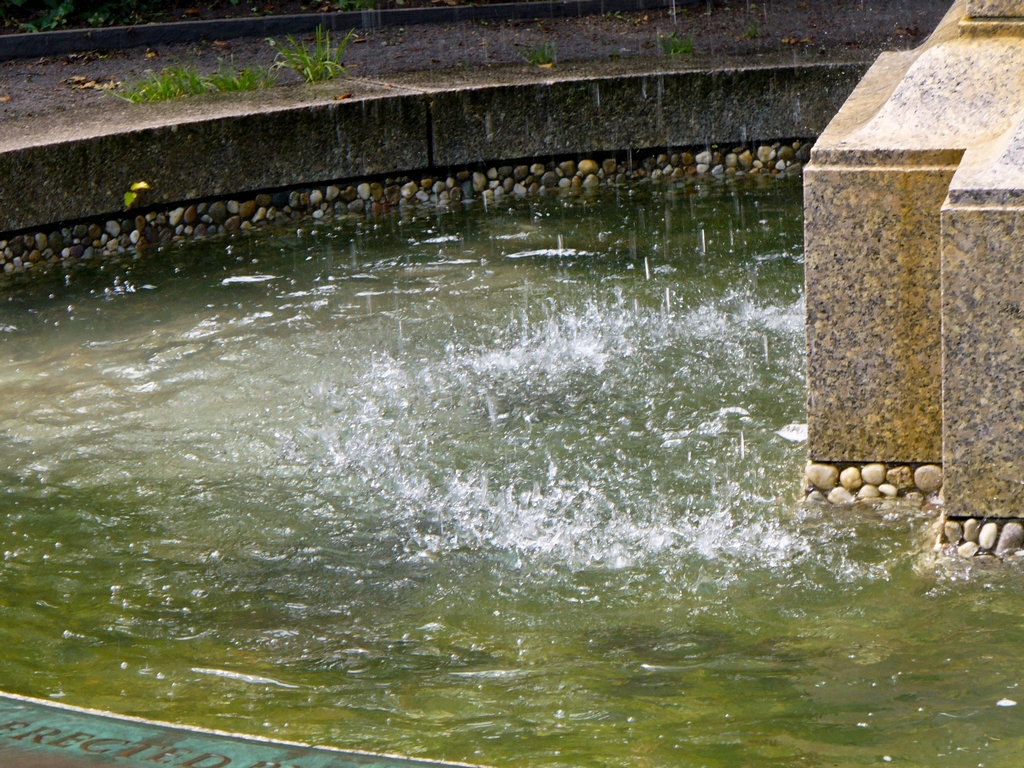
Notice the grooming session:
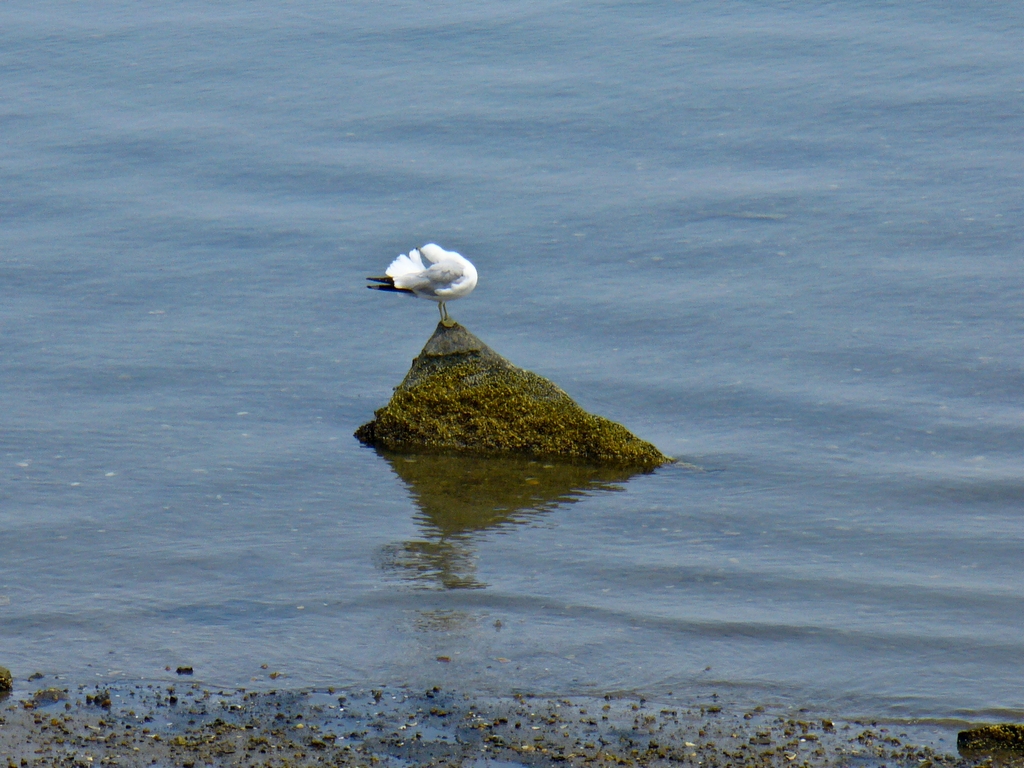
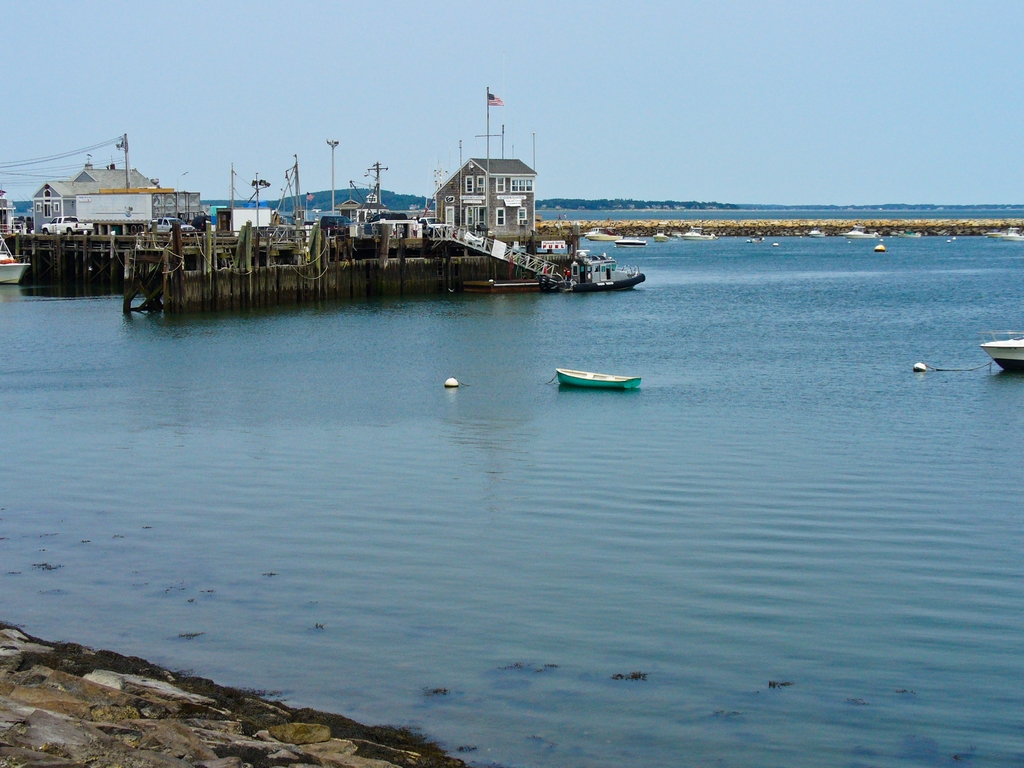
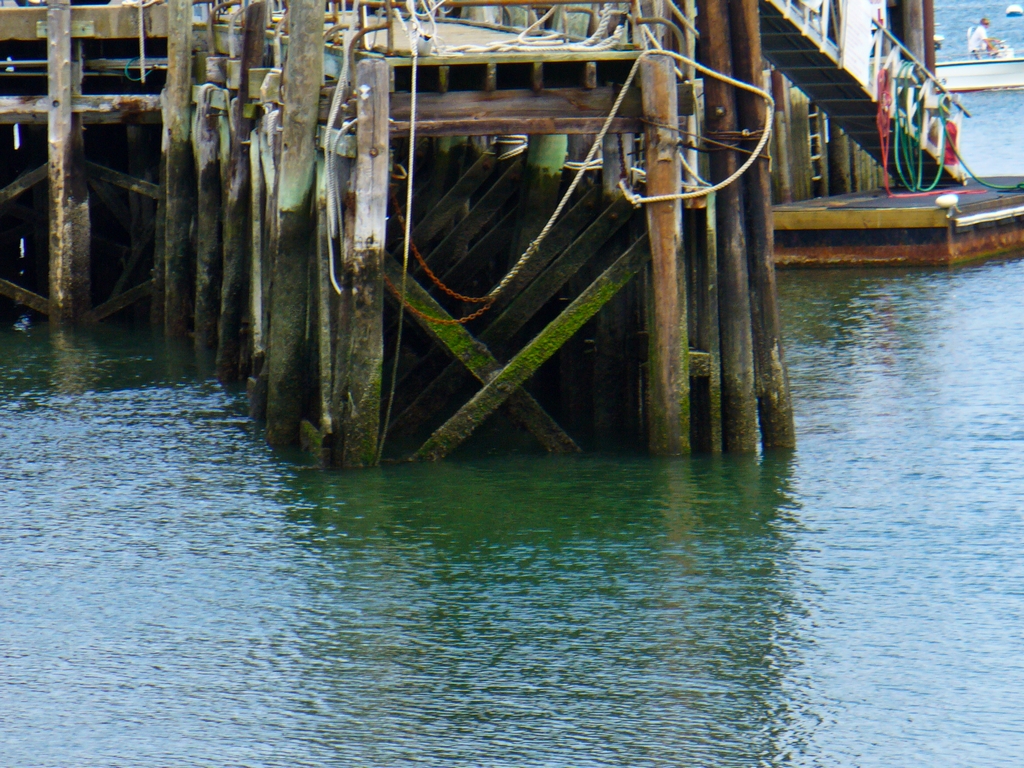
We had lunch at the Lobster Hut, so Vanda could have some genuine New England Fish and Chips.
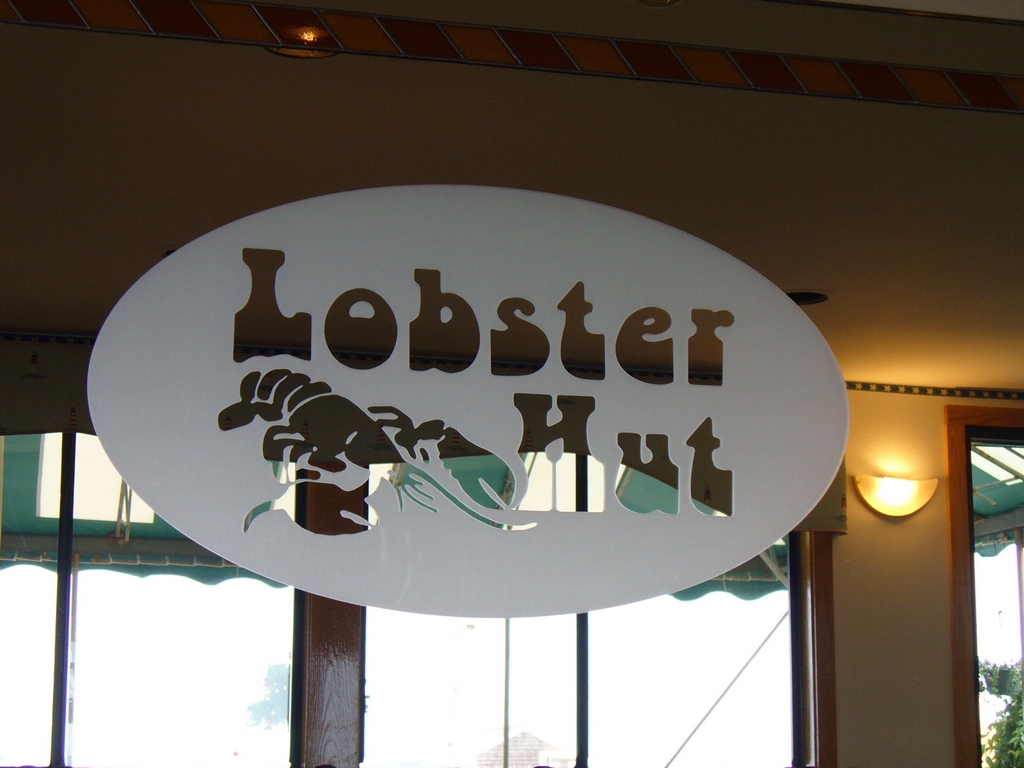
After lunch, we went to Plimoth Plantation. The grounds include both the village and a Wampanoag Indian village. We went to the Indian village first. The man near where we entered was preparing tobacco for drying. He grows the tobacco there, and it is used for ceremonial purposes. Woman, particularly of child bearing years, could not touch the tobacco - I don't remember the exact logic, but it was related to women having been blessed by the maker with the ability to create new life. Regardless, the tobacco is burned as an offering for many things, particularly when any life is taken (successful hunting, cutting a tree down to make a new canoe, etc).
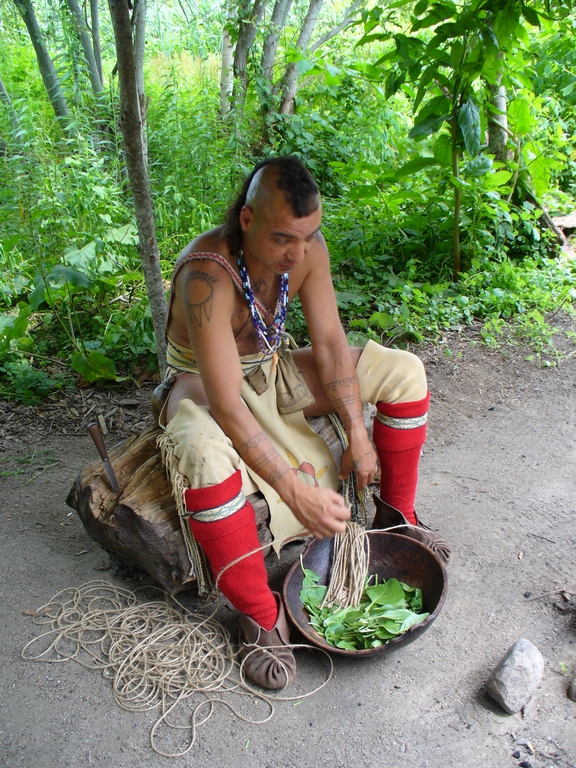
Speaking of canoes, the mashoon is what this type of canoe is called. It is made by slowly and carefully burning out the center of a solid tree trunk. The tree is actually felled by controlled burning as well.
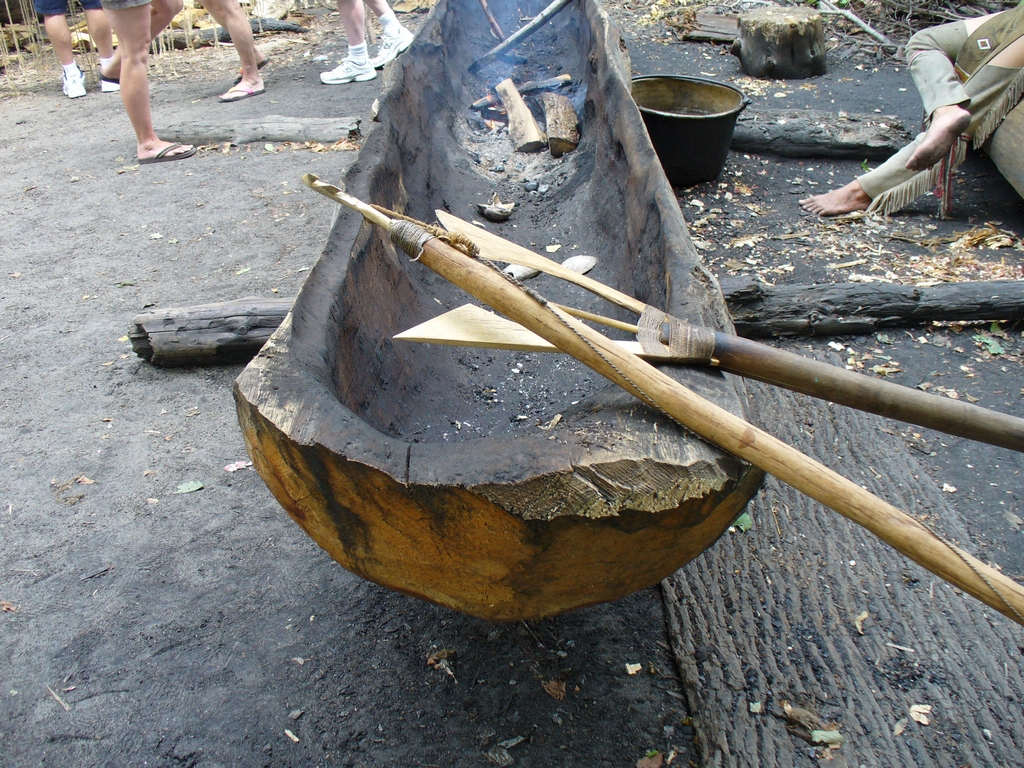
This young man is actually Navajo, but his family moved to Plymouth when he was very young. He was doing the canoe burning today (and having some soup that had turkey, cranberries, and corn in it). He said that the bottom thickness of the canoe is about 5 inches when finished, which adds stability to the vessel. When you can start to feel the heat from the burning, and when the sap starts to run out a bit, you know that you are at the correct depth.
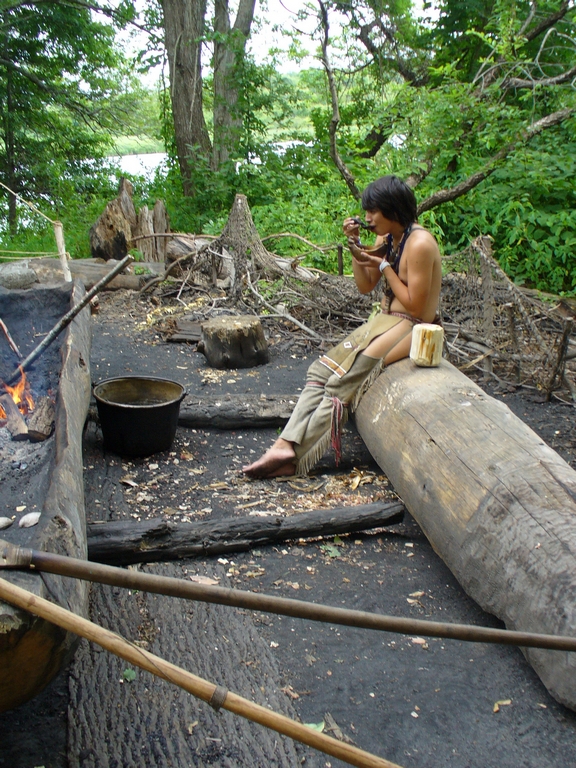
Fishing nets - you can see the pattern on the hanging net gets rather erratic - they've had some 'help' from visiting children, and will probably not be able to actually finish that net.
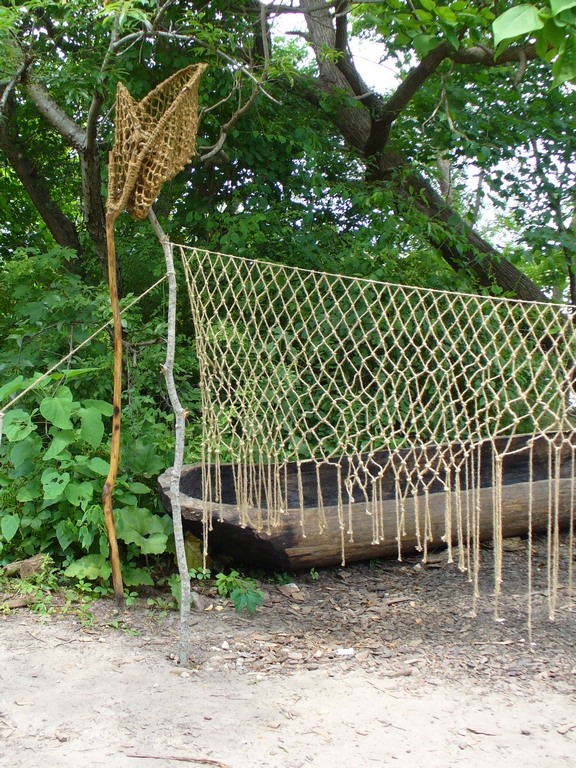
This woman explained to us that Indian lines are matriarchal. This is inside one of the houses, which were dome shaped (or elongated domes).
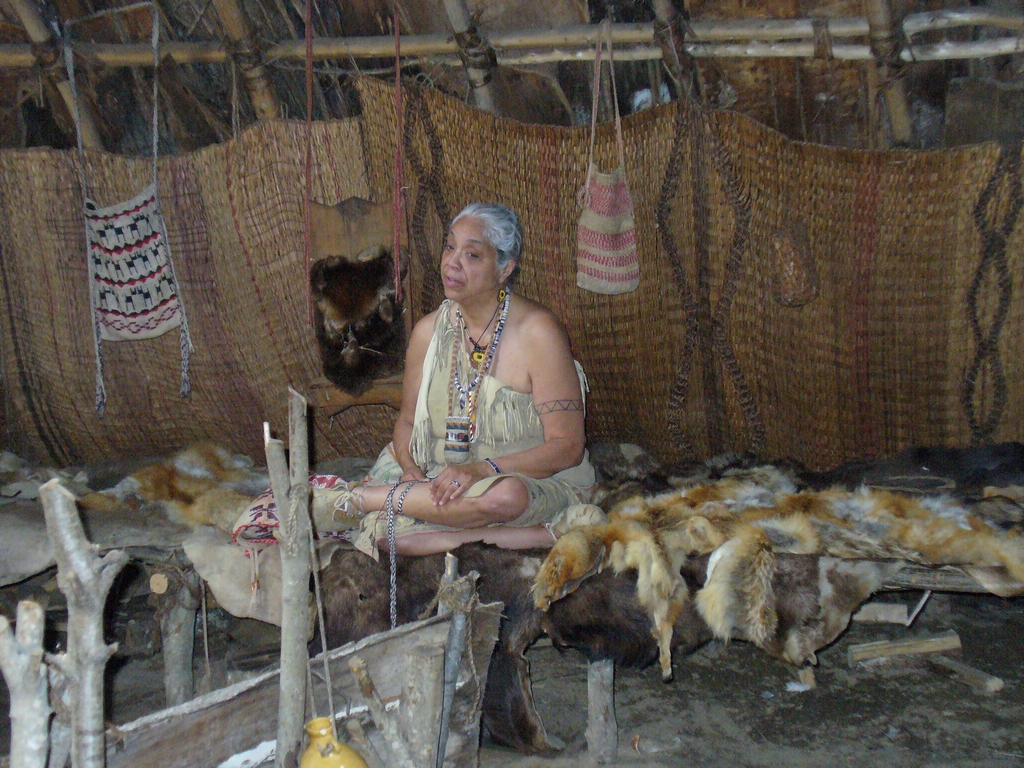
Their primary farm area, where they grow corn.
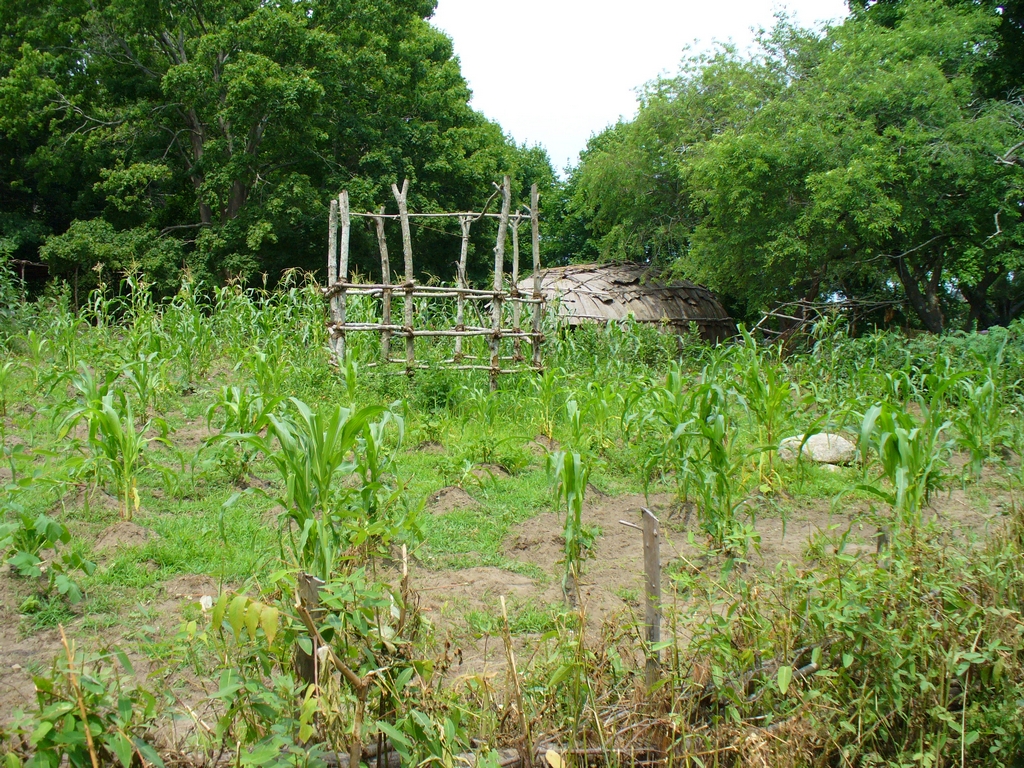
We next went to the Pilgrim village. Here is a picture from the fort, looking down the main street.
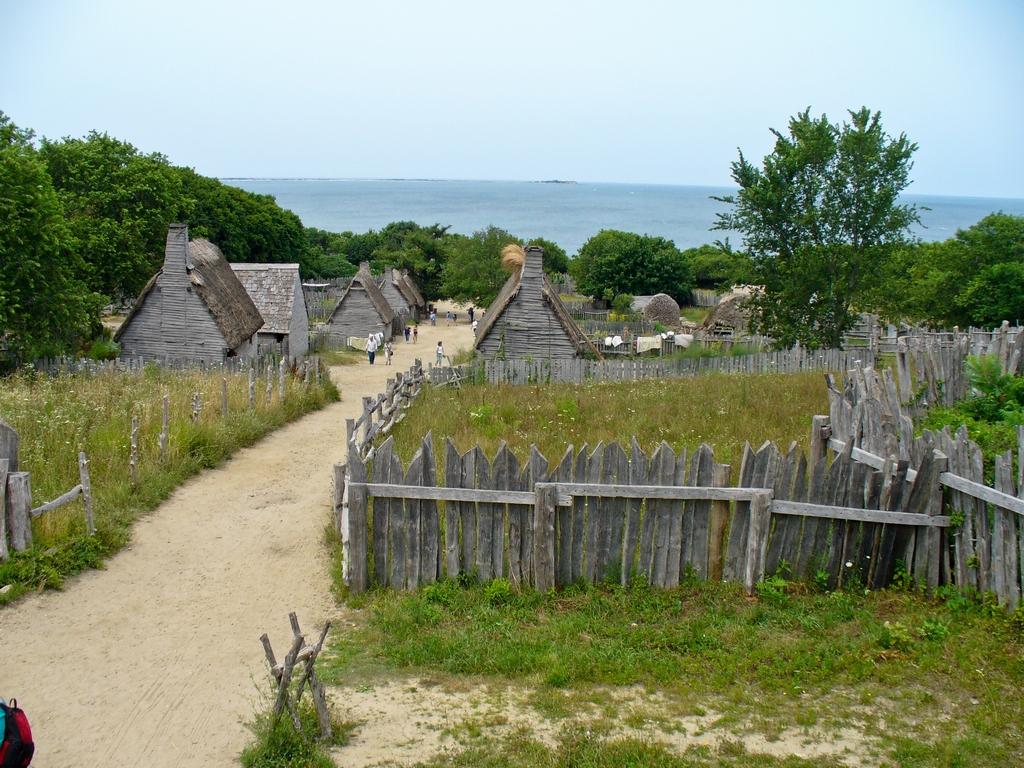
Paul in the fort.
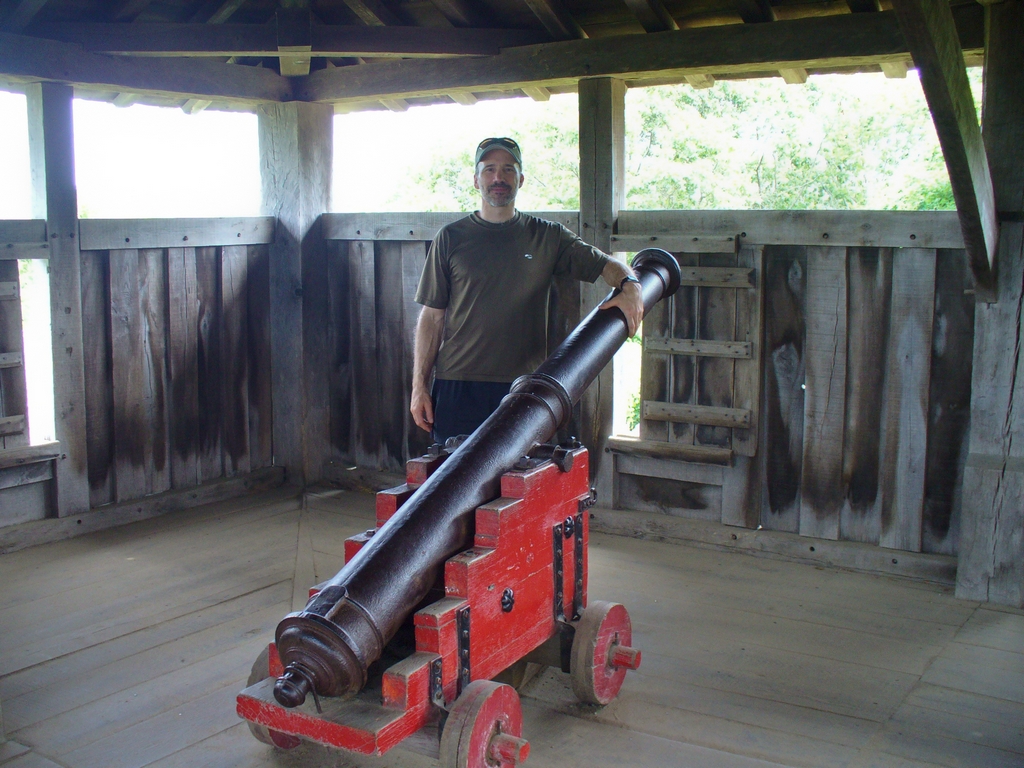
They were doing a lot of repairs. This shows the process of fixing the crown of this house's thatched roof. There are two methods. This person was using one where the long grass is secured to one side, bent over and secured, and then that is repeated the other direction.
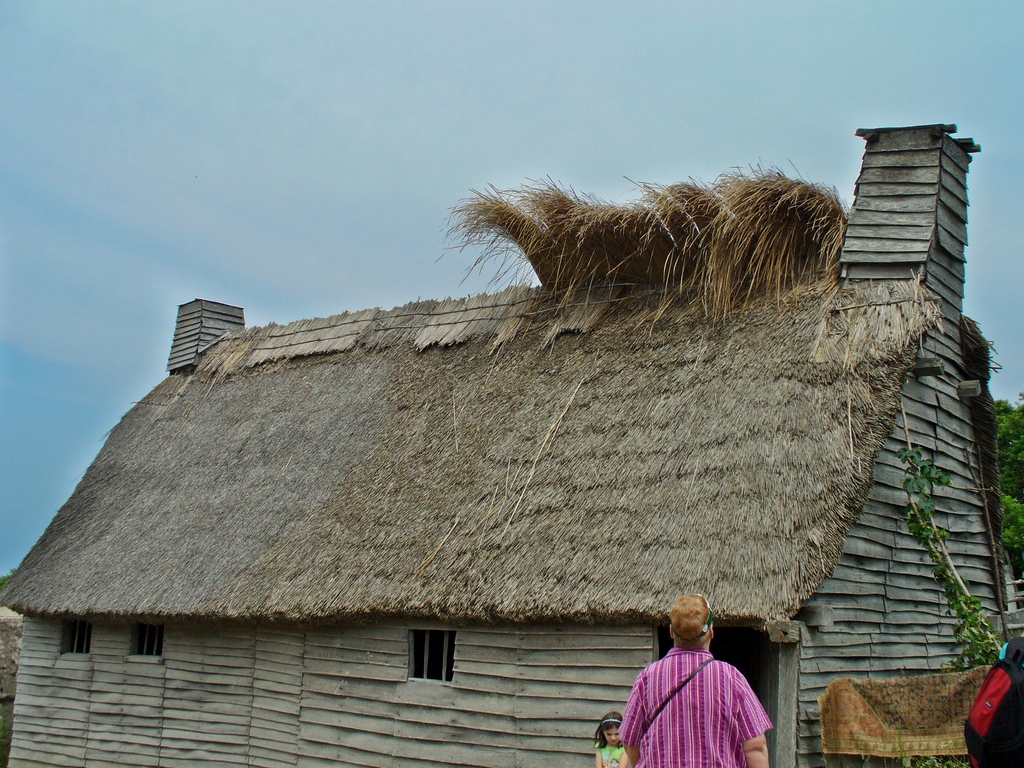
And here they were repairing a wall. Mud, clay, and some straw make the plaster. They commented that there was no dung in this particular mixture, although that is sometimes traditionally used.
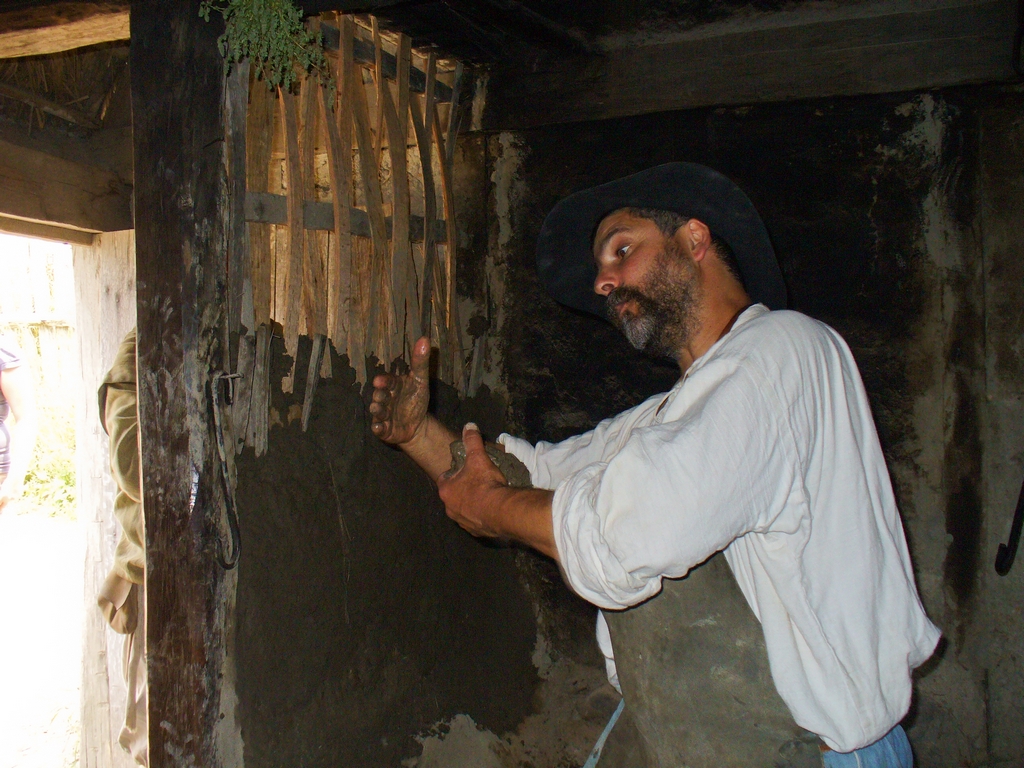
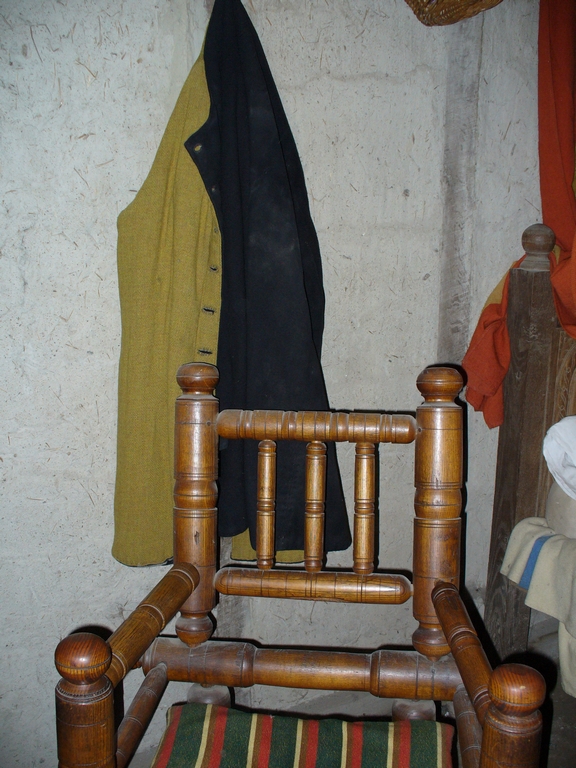
Moving on to Page 2
Updated July 2020